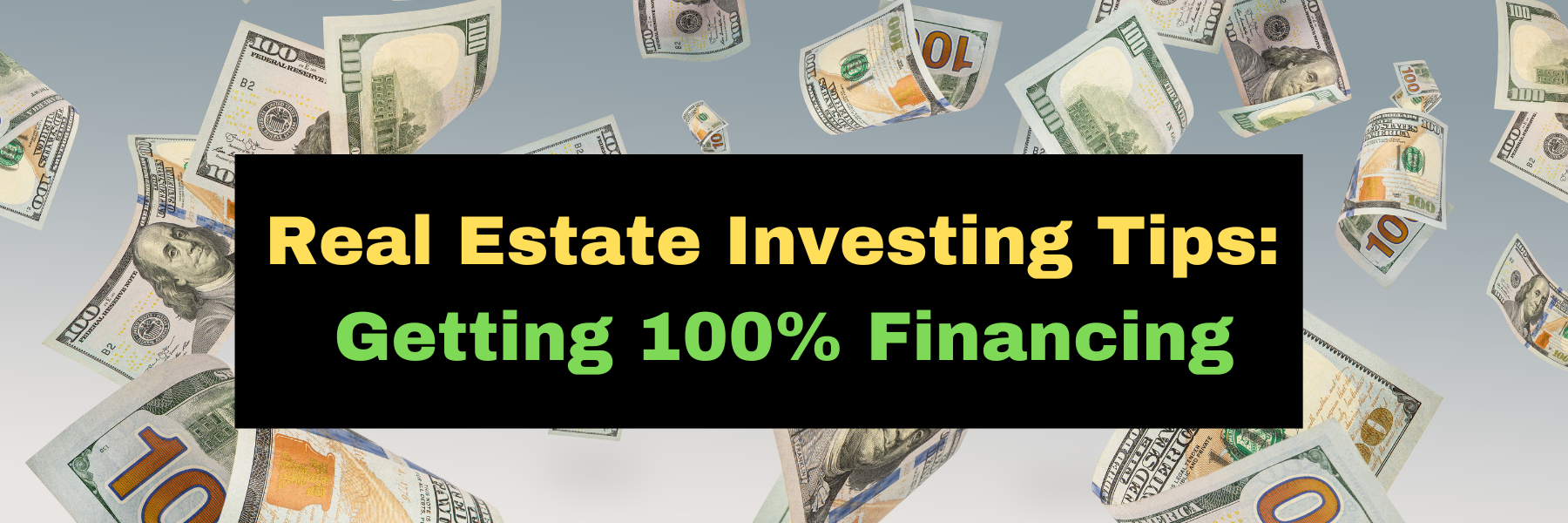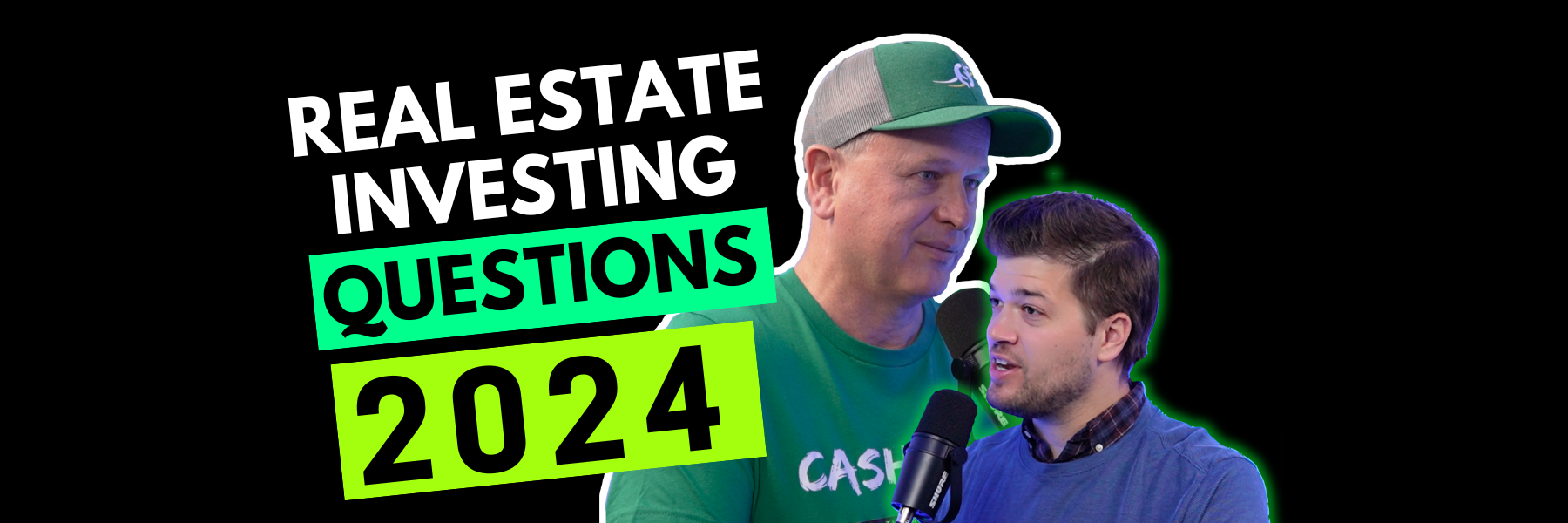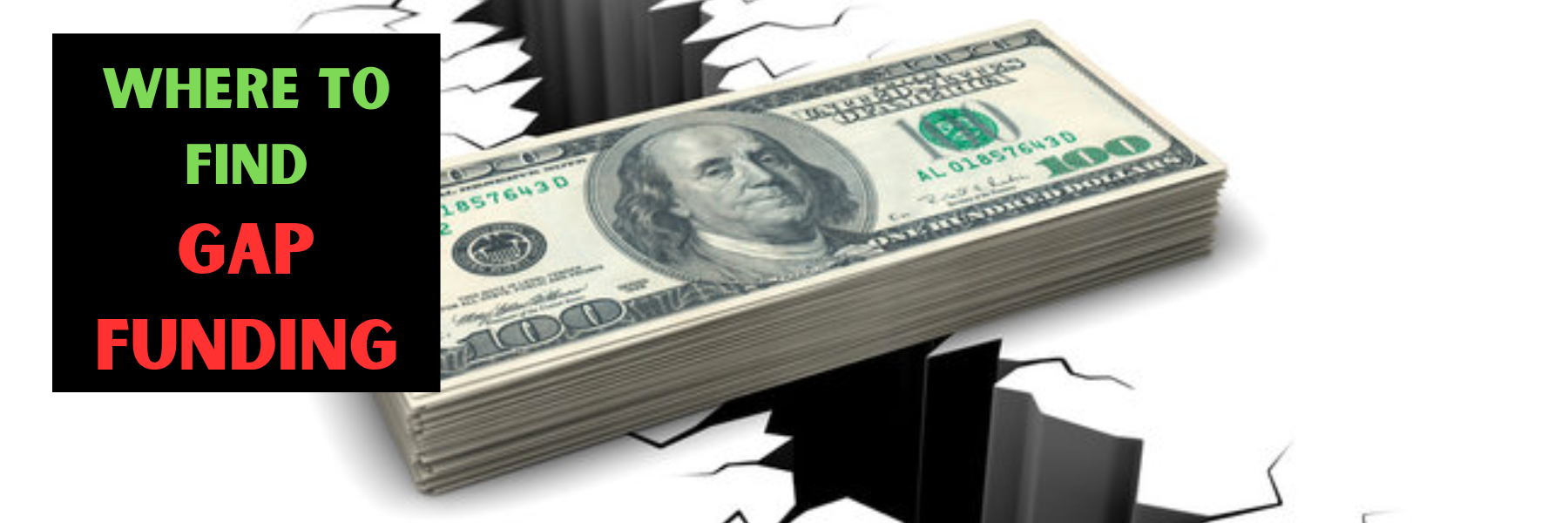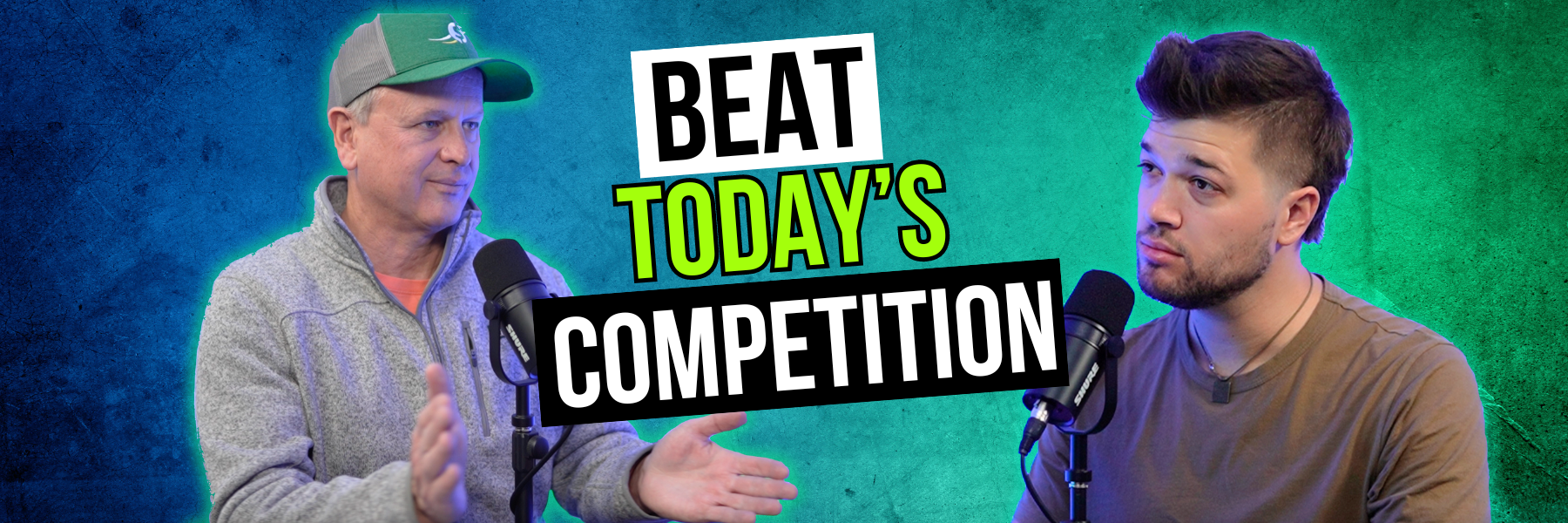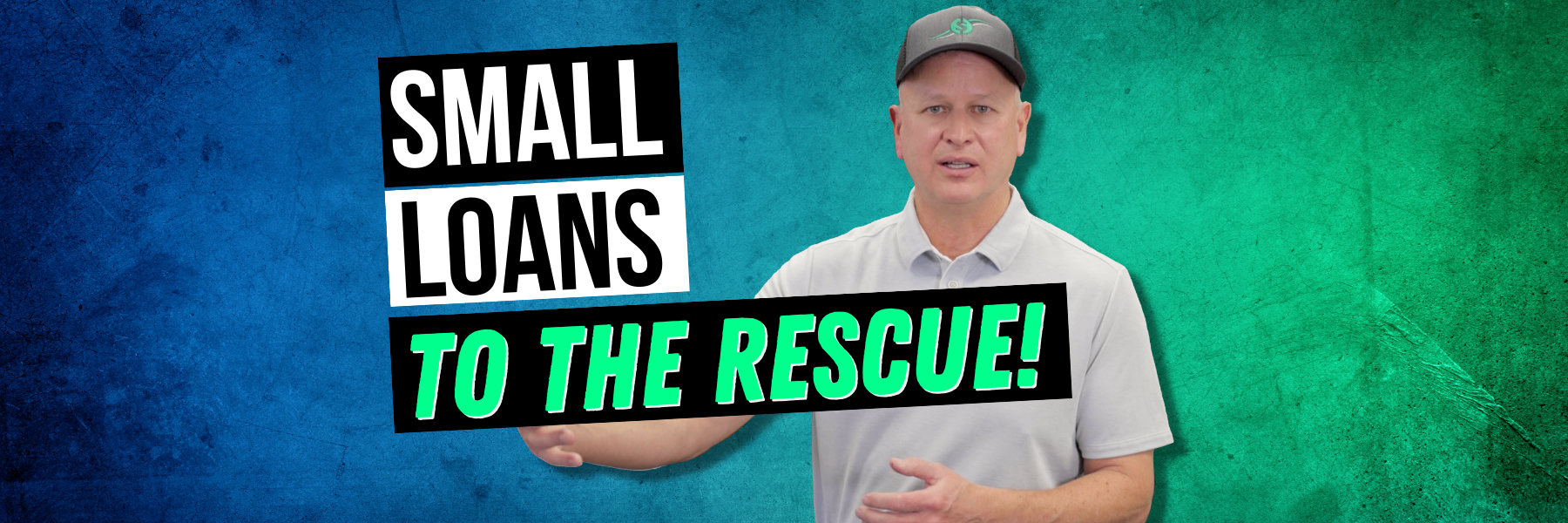2024 Real Estate Investing: Most Popular Questions Asked and Answered
Today we will be answering a few popular questions in real estate investing. On average, we talk to 20 to 25 investors a day. Many of them are facing a number of hurdles that are not only impacting them, but their investments as well. By looking at the patterns that we have seen over the years, it allows us to better meet the needs of our clients. What are the hurdles and how can you avoid them? Let’s take a closer look.
#1: How do I get 100% financing?
Everyone wants to get into real estate investing with 100% financing. How can they get the money they need for their rental property or fix and flip? While there are some lenders who offer 100% financing, they will only do so if you have already done 1 or 2 deals. For those who have not, it is important that they look into other options. If you are looking for 100% financing on a property it is important that you open up to other financing options other than traditional loans. Many traditional lenders will only lend 80% to 90%. Become a real Real Estate Investor by building your confidence to go ask people for the money you need for your investments. By finding good deals and demonstrating your confidence, the sky is the limit to your success.
HELOCS:
HELOC stands for home equity line of credit. A HELOC allows you to take money out of your property or a rental property. You can then use these funds to bridge the lending gap for your next investment.
Real peoples money:
Real people are those within the community who are in search of better returns on their funds. There are a ton of people out there who have $20K to $100K to invest and are looking for better returns.
Start using creative financing:
Creative financing includes credit cards, which can be used to fund the rehab, staging, and even a Vrbo. However, it is important to keep in mind that the credit card needs to be a business credit card at 0% in order to be beneficial to you and your investment needs.
What is stacking and how can it help you reach your financing needs?
The lending journey begins with your primary mortgage company who will give you 80% to 90% financing. This creates a funding gap that leaves you searching for additional financing options in order to get up to 100% financing. Gap funding options can include HELOCS, family friends, real peoples money, and even establishing a partnership.
#2: Be prepared.
Inflation is causing everything to become tighter and as a result it is harder to find financing for your investments. In order to be successful, investors need to be prepared before they go out and look for properties. This will give them a better chance of being approved for the lending that they need. Here at The Cash Flow Company we are searching for deals where we can lend people money, get it back, and lend it back out again. What do you need to do to be prepared?
Valuation:
It is imperative that you have all of your numbers in line before talking to lenders. Keep in mind that wholesalers often stretch the value of the property. That is why it is important that you look at the numbers yourself to prevent frustration. When you are coming to lenders make sure that you know your values, know how appraisers look at properties, and make sure that your numbers are in line. These numbers include purchase, rehab, and rent. At the end of the day your goal is to create income and wealth.
For example:
Someone reached out who is buying a single family house and he is going to make it into a two unit property. This single family property will sell for $200K. However, his belief was that the property will be worth $400K because he is splitting it into two properties. Unfortunately, that is not how the market works.
#3: The future of real estate investing.
Many people wonder what the future of real estate investing is. How can they make money on buying rentals? Making money on rental properties right now is becoming a struggle because properties are $600K to $800K. While this is a concern for many investors, there are some options available to make investments more profitable.
What is a padsplit?
A padsplit is when a property is divided into multiple single units. For example, a 3 bedroom could be divided into a 6 or 8 bedroom property. Just to clarify, each of the bedrooms would have a bathroom and all they would share is the kitchen space. Each unit could bring in a rental amount of $1,000, which could potentially total $6,000 to $8,000 per month depending on how many units you have. With an overall monthly rent of $3,500, the investor would have the cash flow they need to be successful. This method provides the flexibility and affordability that many people are looking for.
#4: Credit score obstacles.
Your credit score can often hinder your success in real estate investing. Over half of our calls are from people who have a score that is too low for them to get what they want. For example, we have a guy from Texas who is trying to get his property refinanced. While the property is great and he has an amazing tenant, his credit score is too low for him to get the rate he needs to cash flow. By working on your credit scores and setting things up right, you can achieve the credit score you need to get what you want.
Business credit cards.
Getting business credit cards is the #1 thing that will help you achieve your goals in real estate investing! Those who are able to get business charges off of their personal credit cards will in turn open up a lot of funding options. Struggles with credit scores is often the cause of people getting out of real estate investing. Don’t let this happen to you!
Increasing your credit score quickly.
We have a lot of different options available to investors that will help them get their credit score back on track in a matter of weeks!
Usage loan
A usage loan is used to pay down credit cards by using a private loan. As a result of paying down the credit cards, it raises your credit score. By increasing your credit score it will then allow you to refinance and buy your next investment property.
Business credit cards
We can not stress enough how important business credit cards are! By setting up business credit cards instead of personal credit cards it will help to increase your funding options. The majority of business credit cards do not report your usage. Therefore they are not hurting your DTI or your credit score. Make the change today and see the effects it can have on your credit score!
#5: Small steps vs Giant leaps
Oftentimes real estate investors make the process of getting started into such a big deal that their brain shuts off. As opposed to looking at one property a day, many attend a class that says that they need to purchase their first property within the first 30 days. This method is not always realistic for most people. Instead, you need to focus on the steps that stretch you a little bit as opposed to shutting you down. Consistency is the tortoise in real estate investing. By looking at one property a day and talking to one contractor a day, you will be better prepared to purchase your first investment property. Remember, it’s better to have 2 properties that are successful than to have 5 that are struggling.
Are you on the right path?
Would you like to find out more about the popular questions in real estate investing? Contact us today! Do you have a property in mind? Send us the numbers and we will see if it is a good investment opportunity for you. Since funding is such a critical piece in real estate investors’ success, it is important that you know your numbers ahead of time to make things easier, cheaper, and faster. Also remember that by building your team now, you can set yourself up for the generational wealth that you want.
Watch our most recent video 2024 Real Estate Investing: Most Popular Questions Asked and Answered to find out more.

